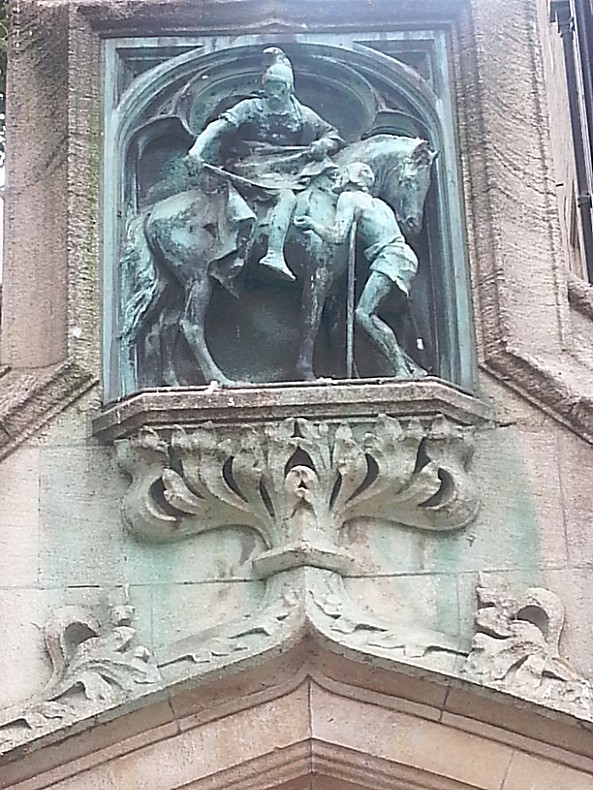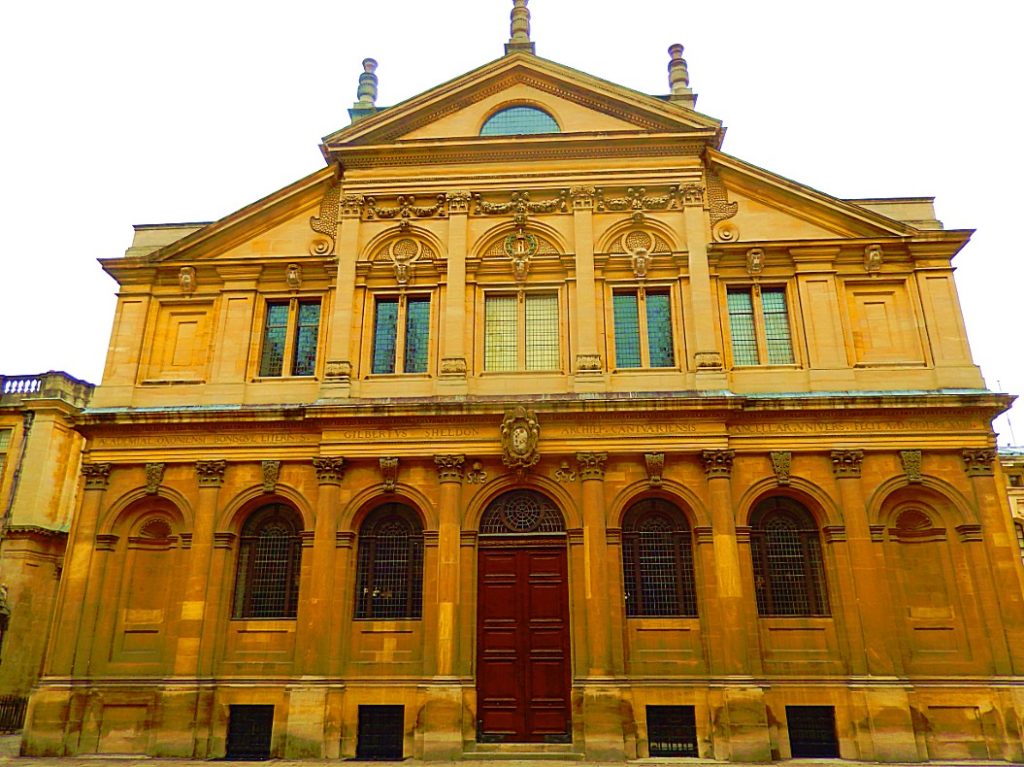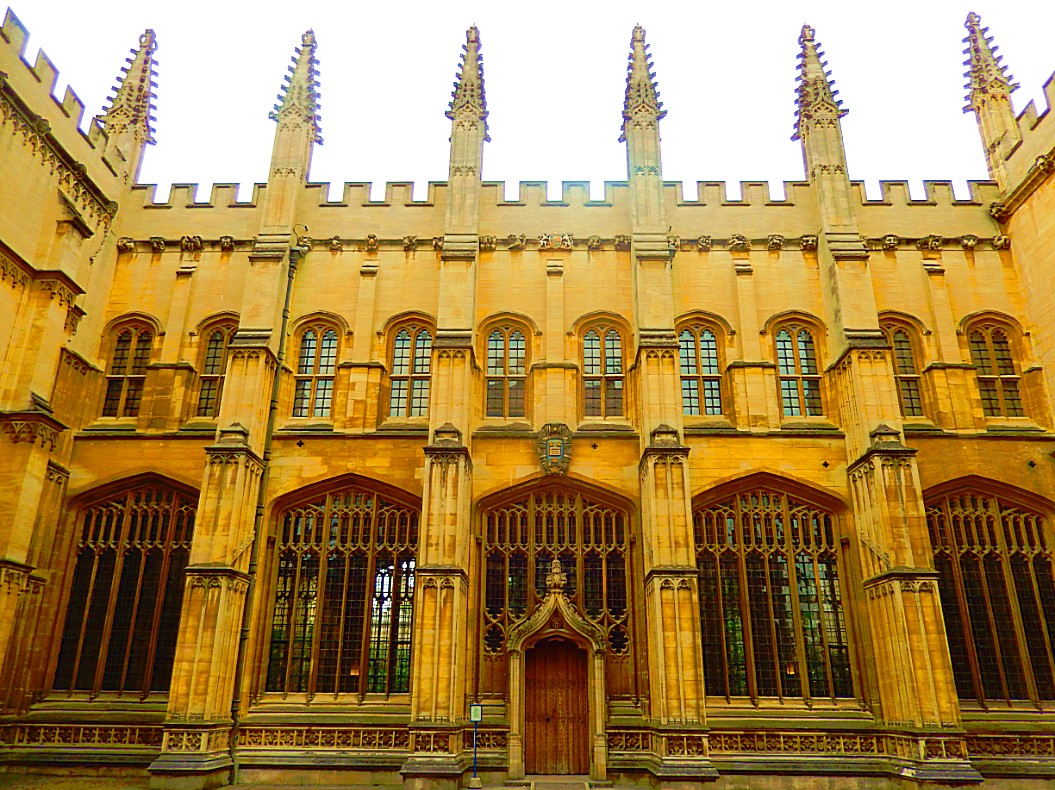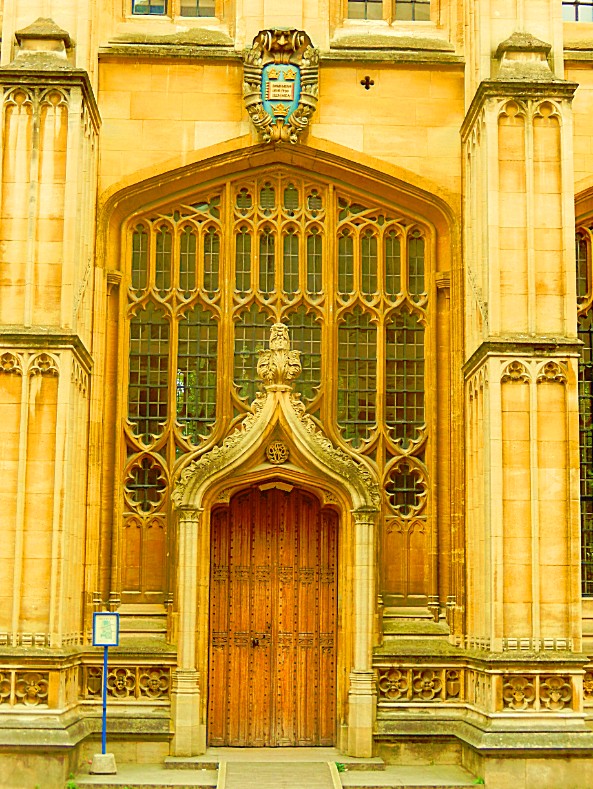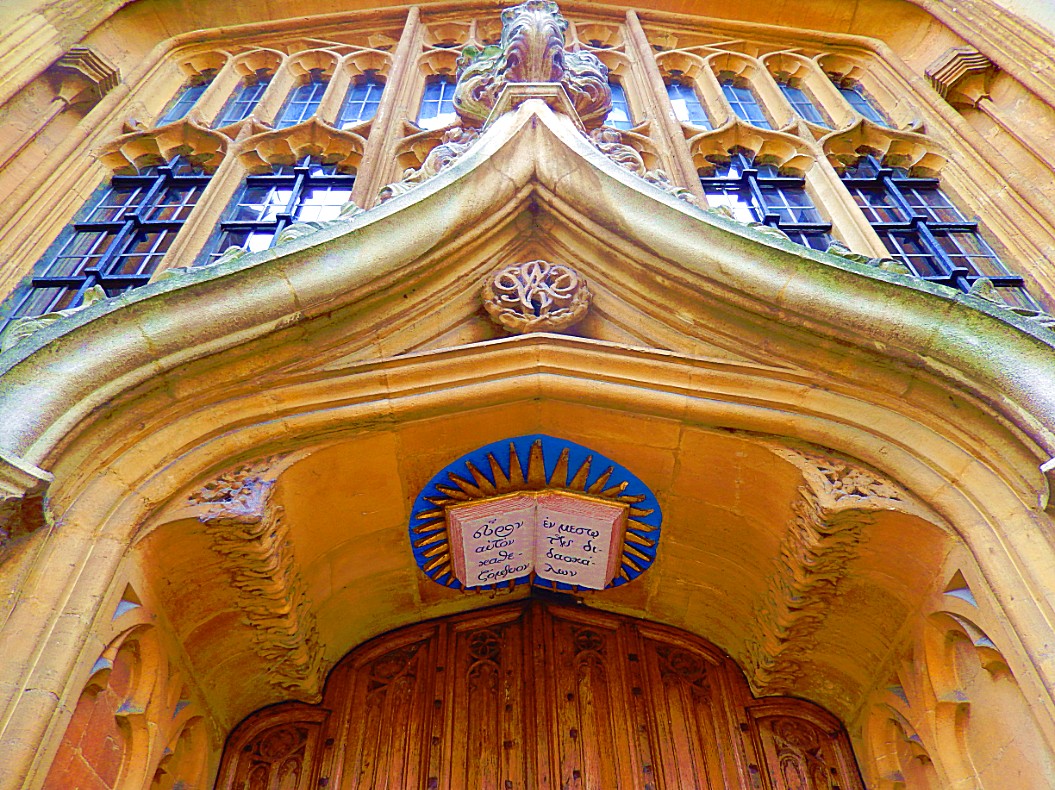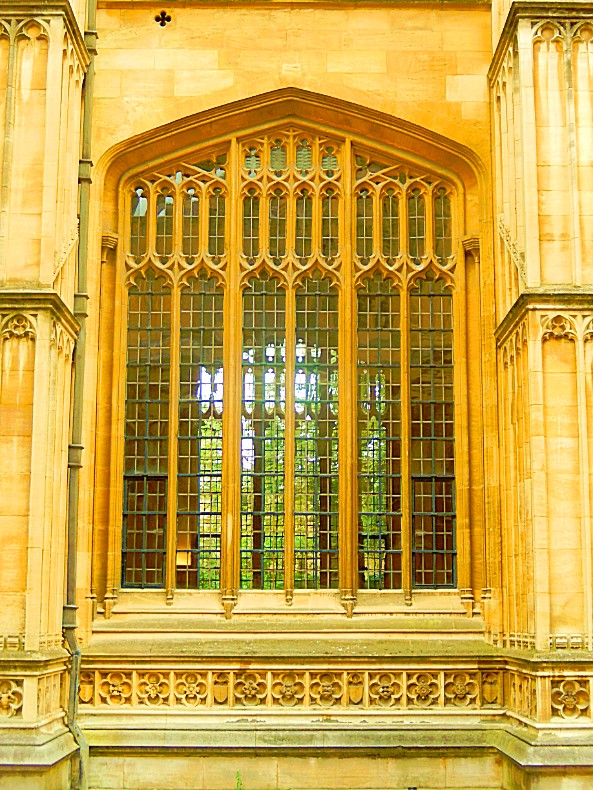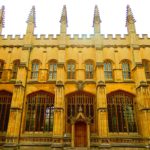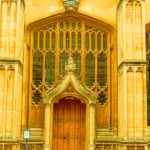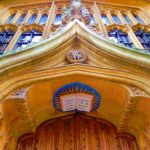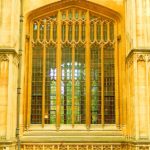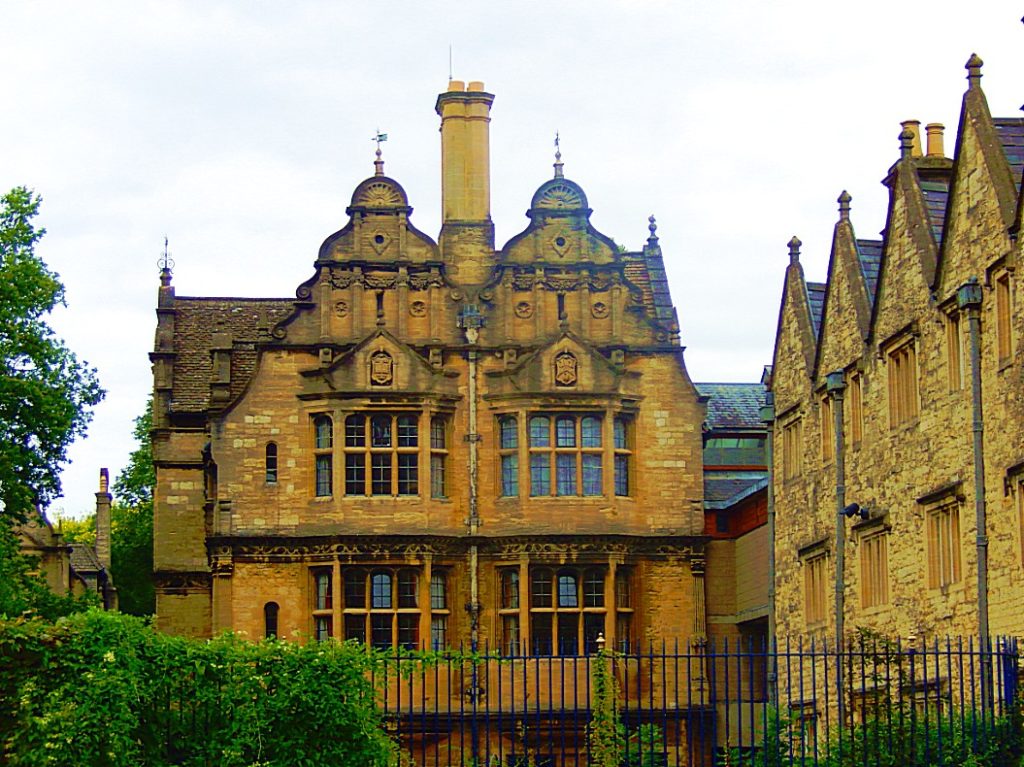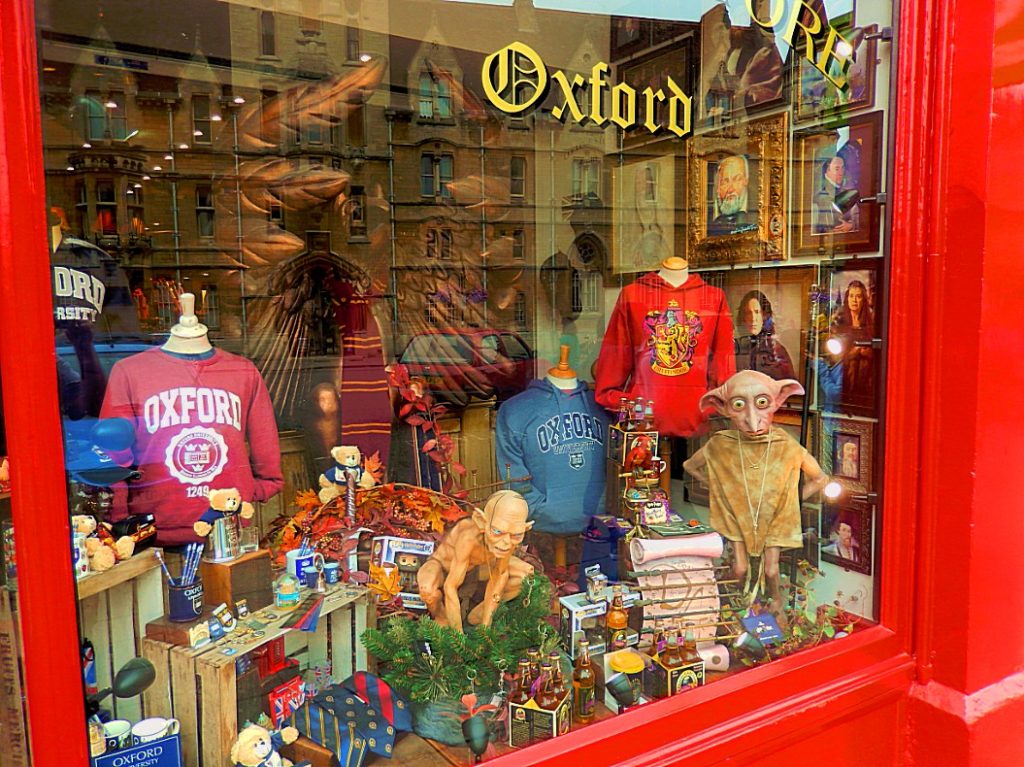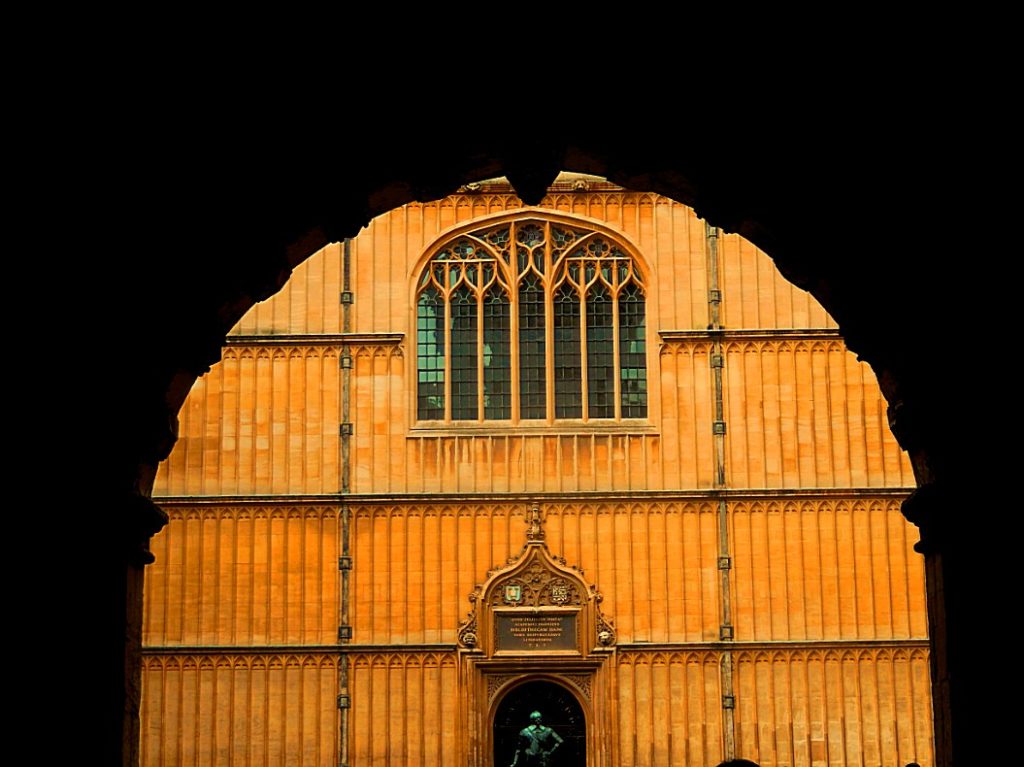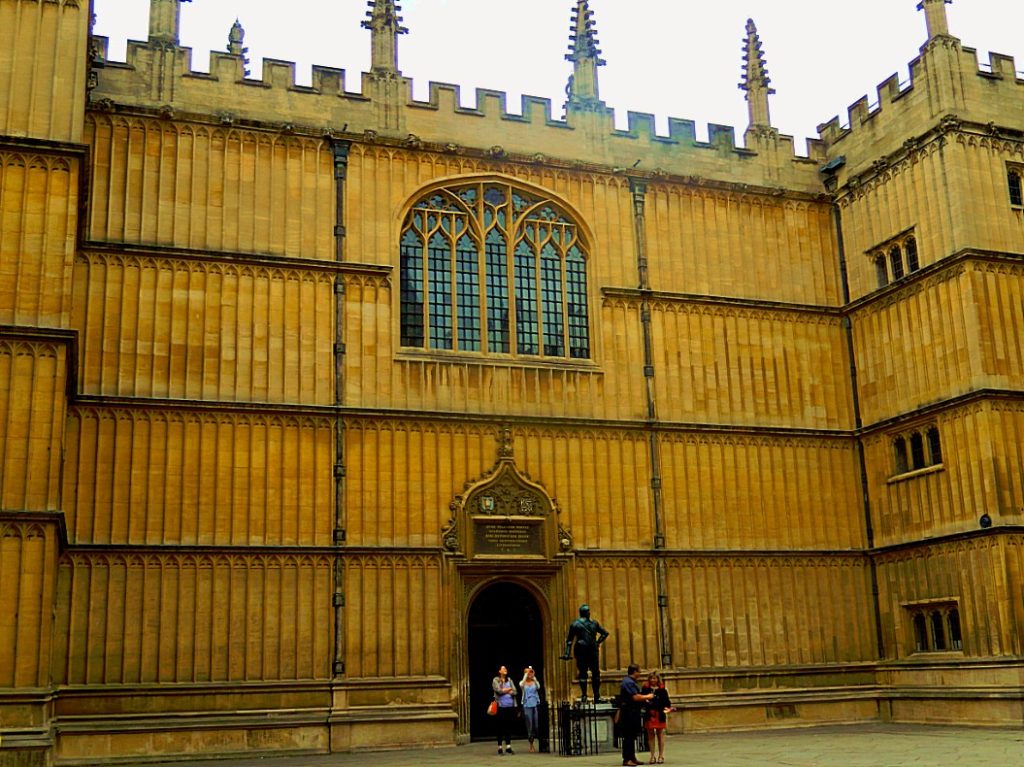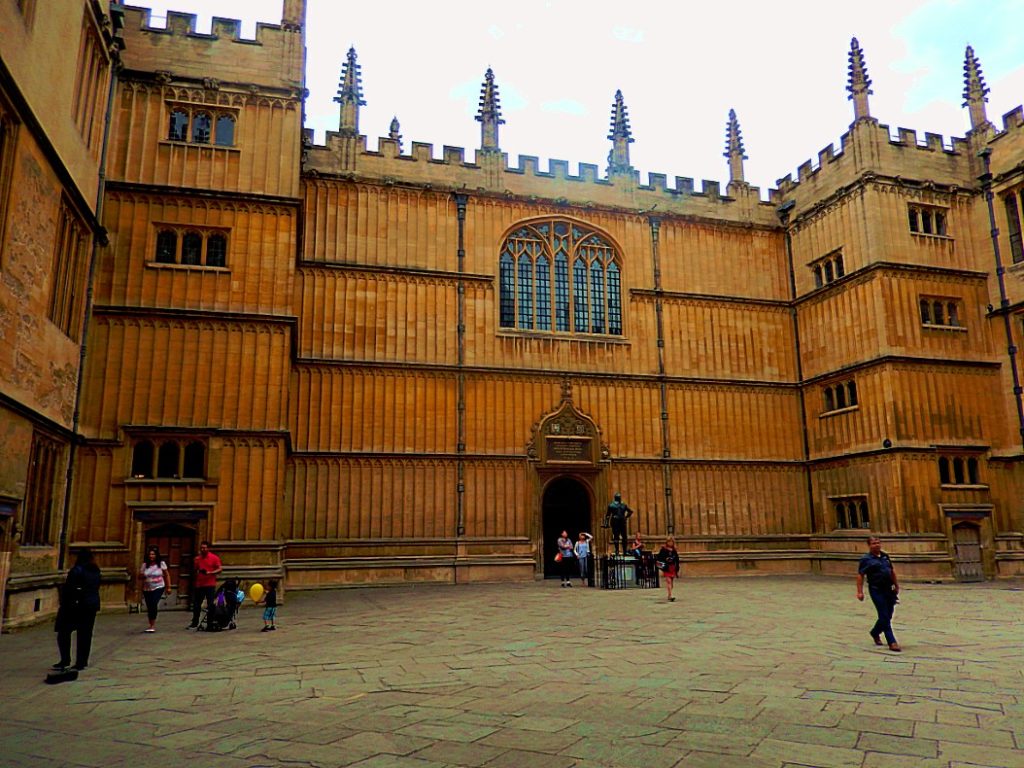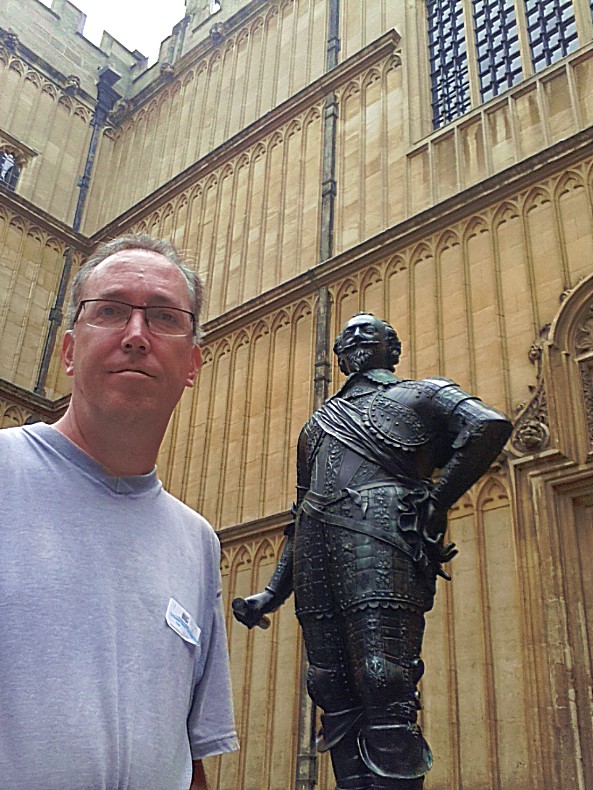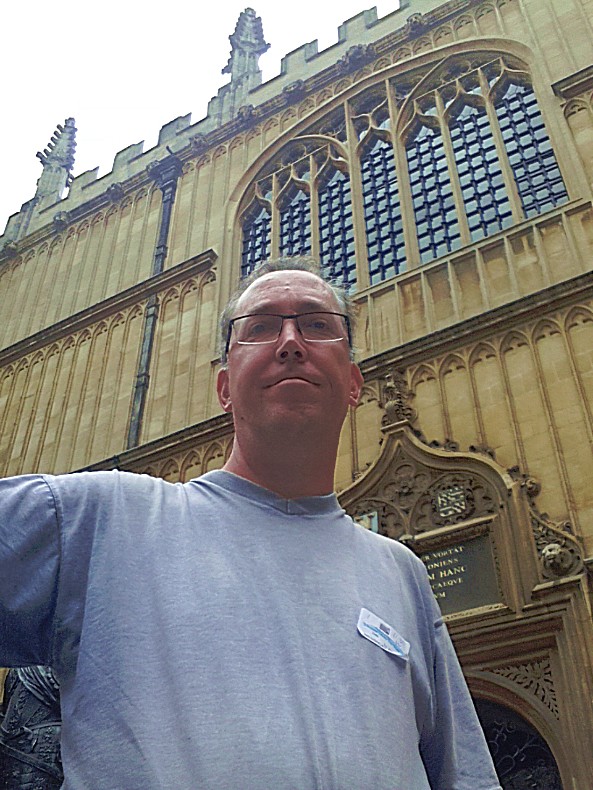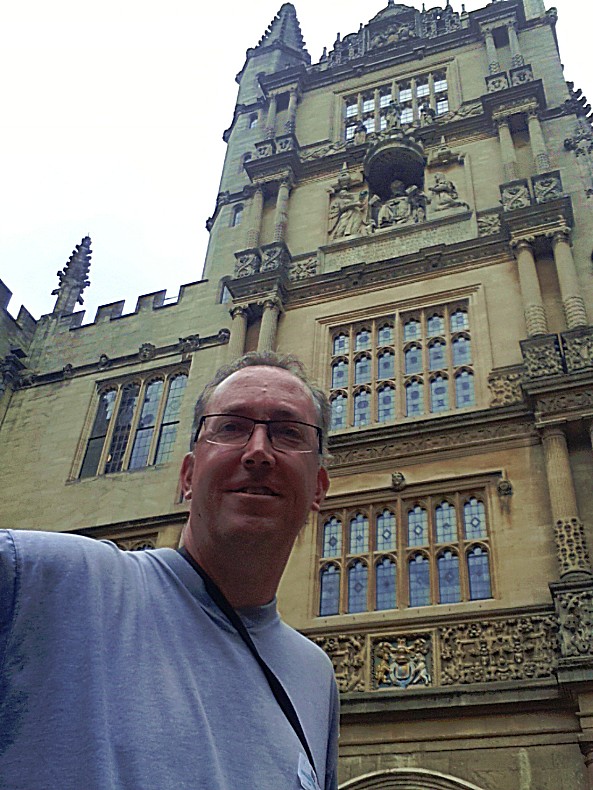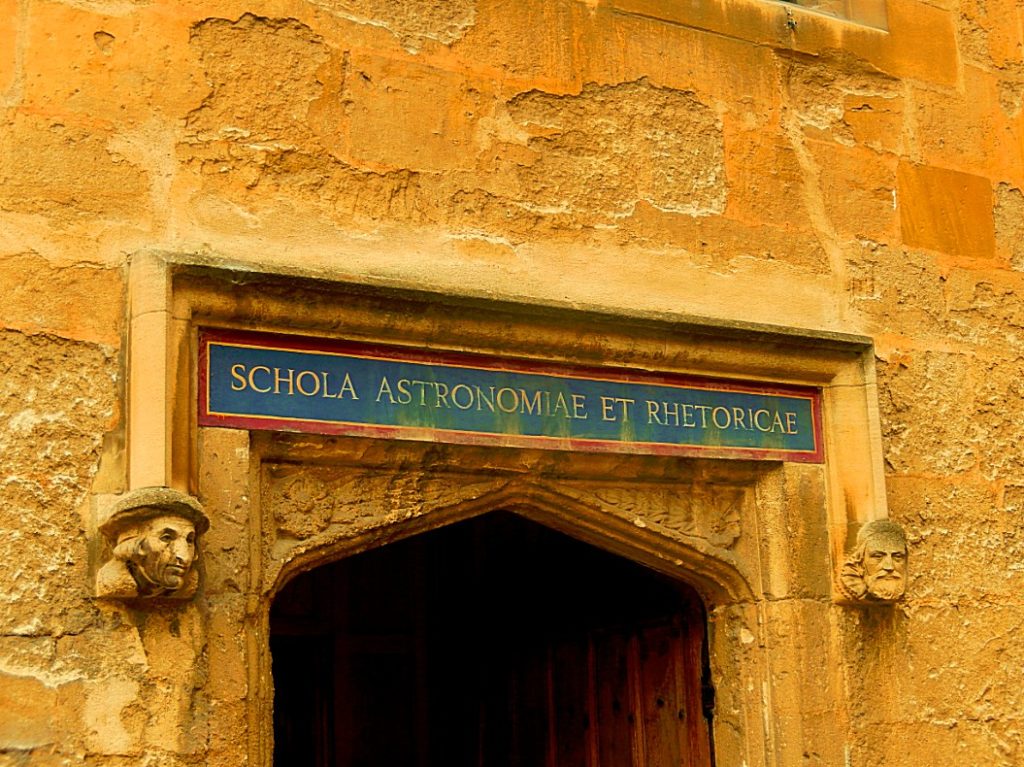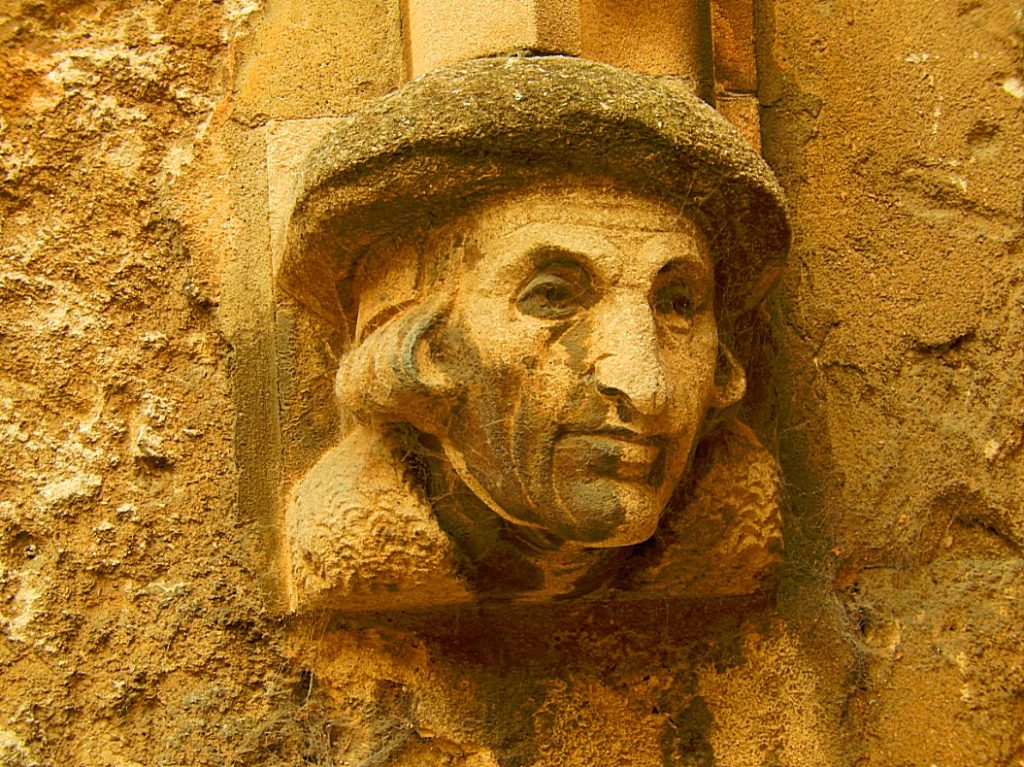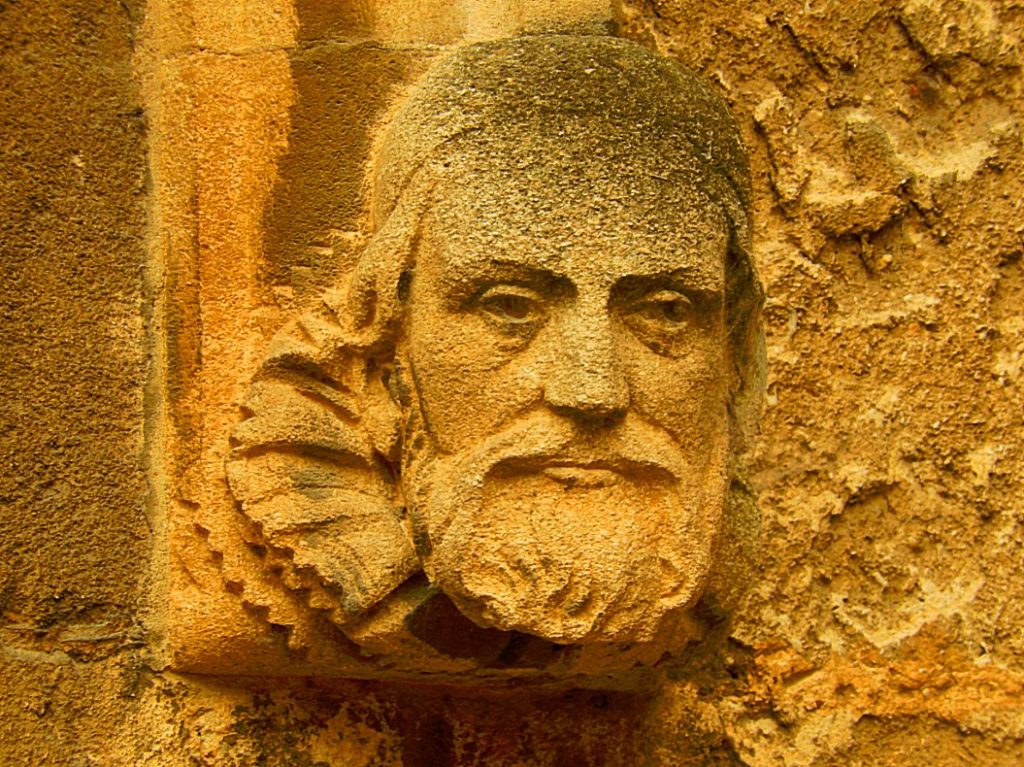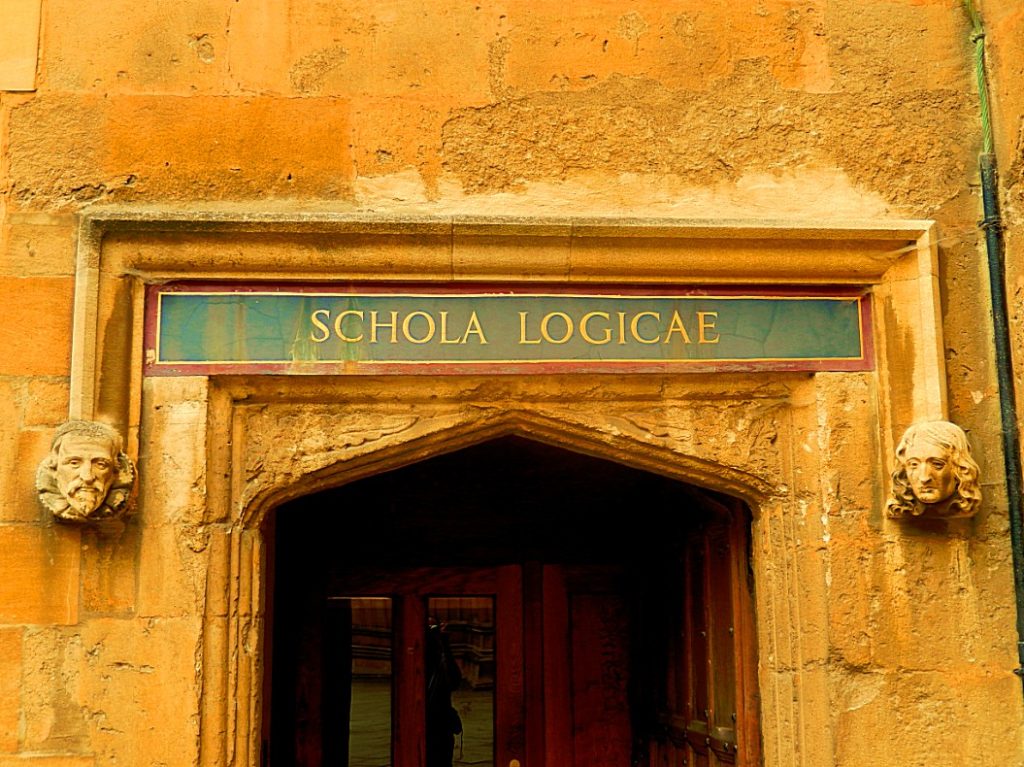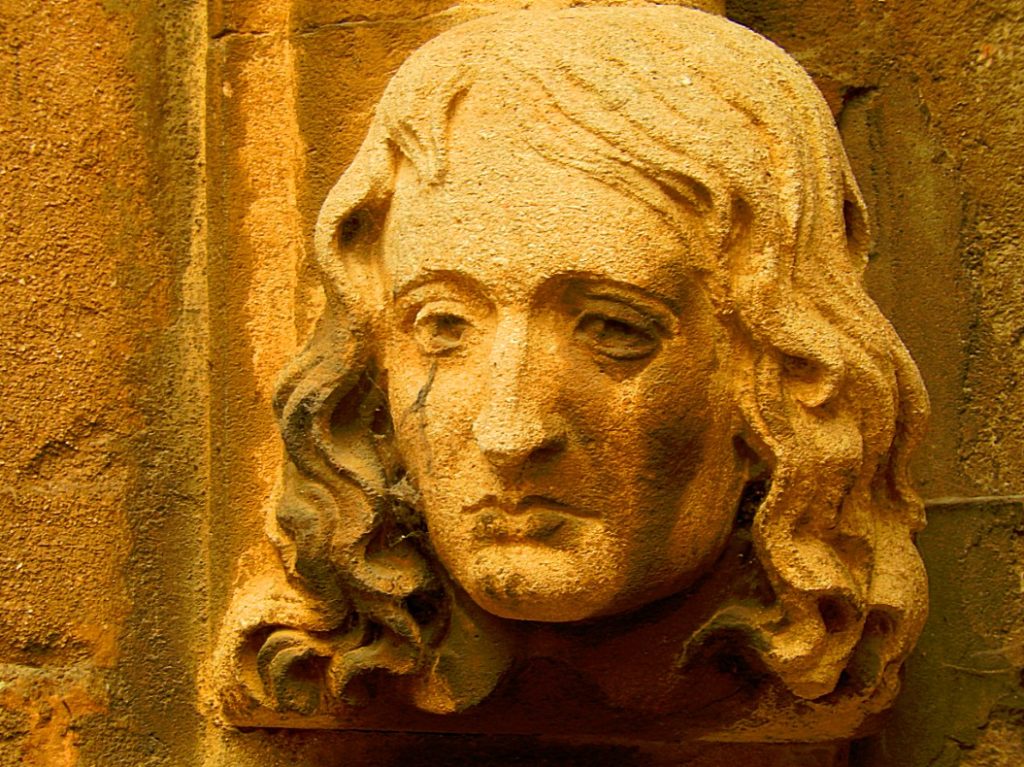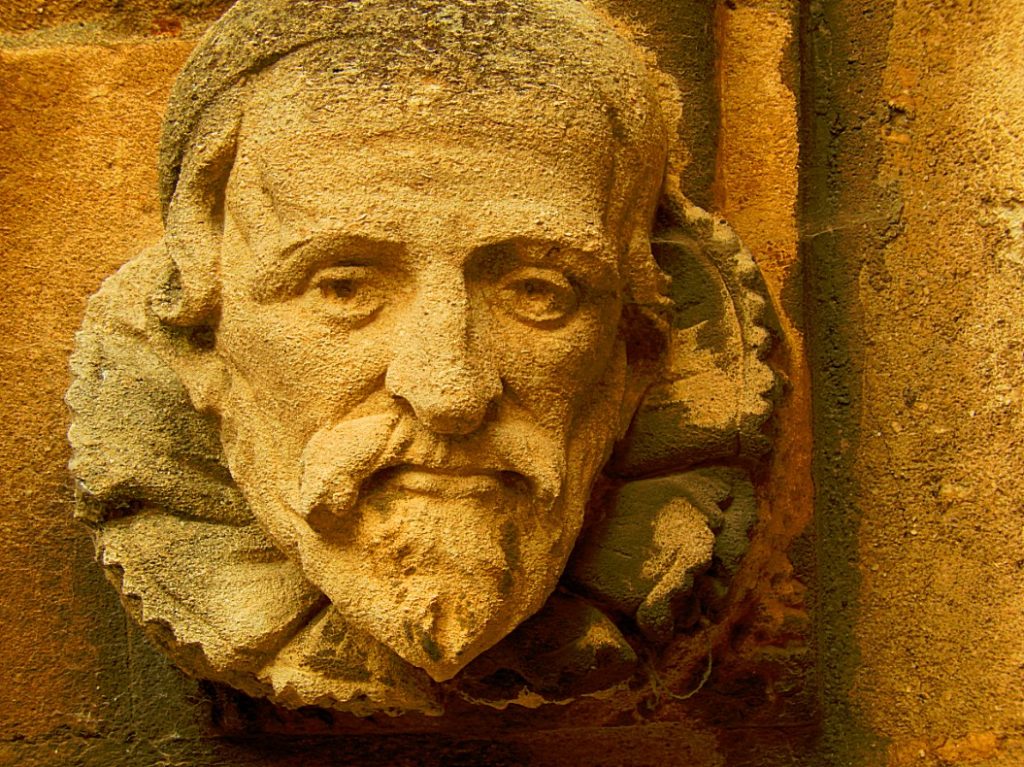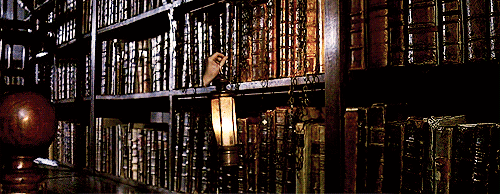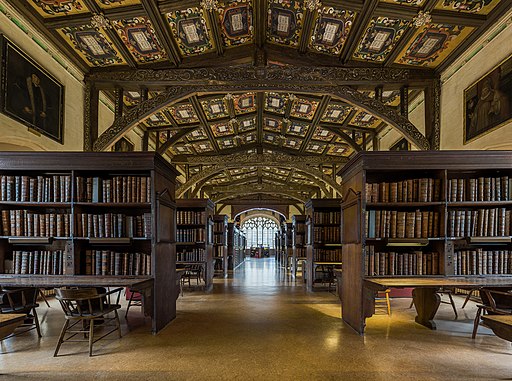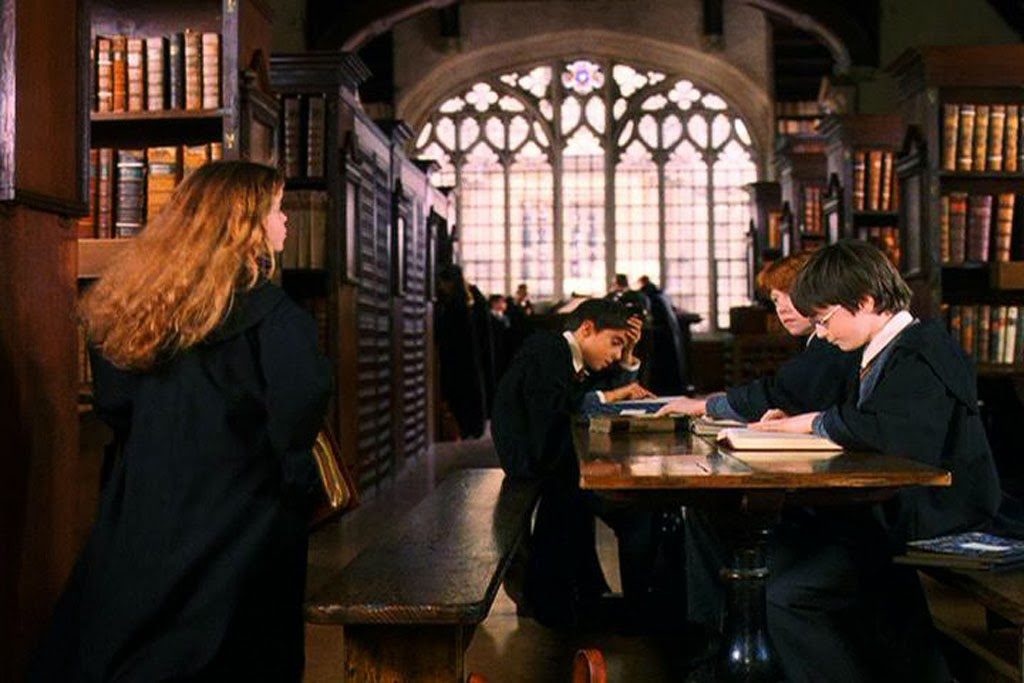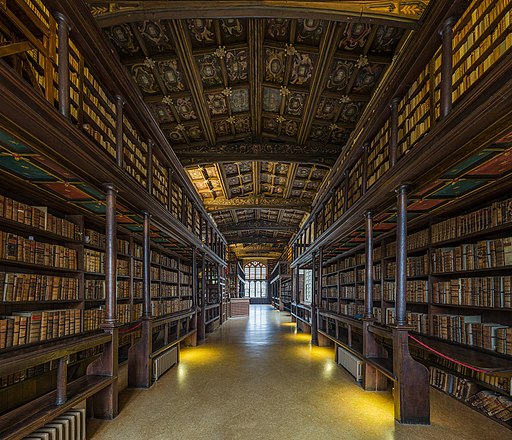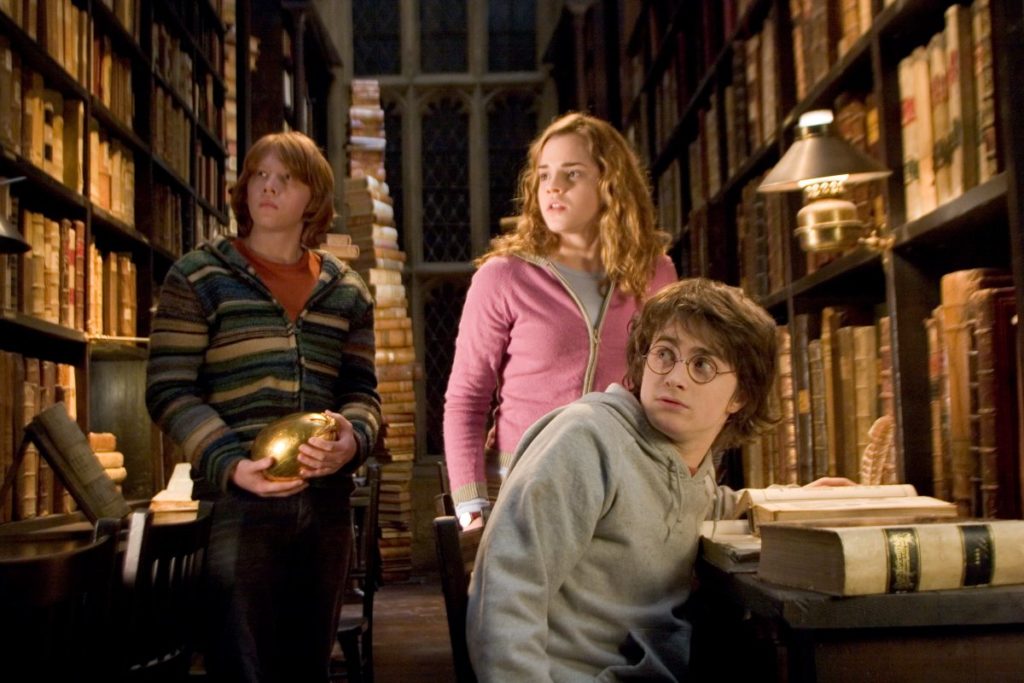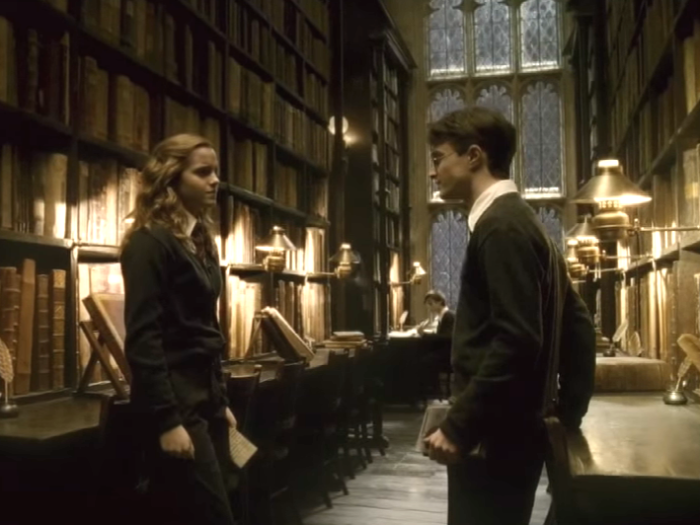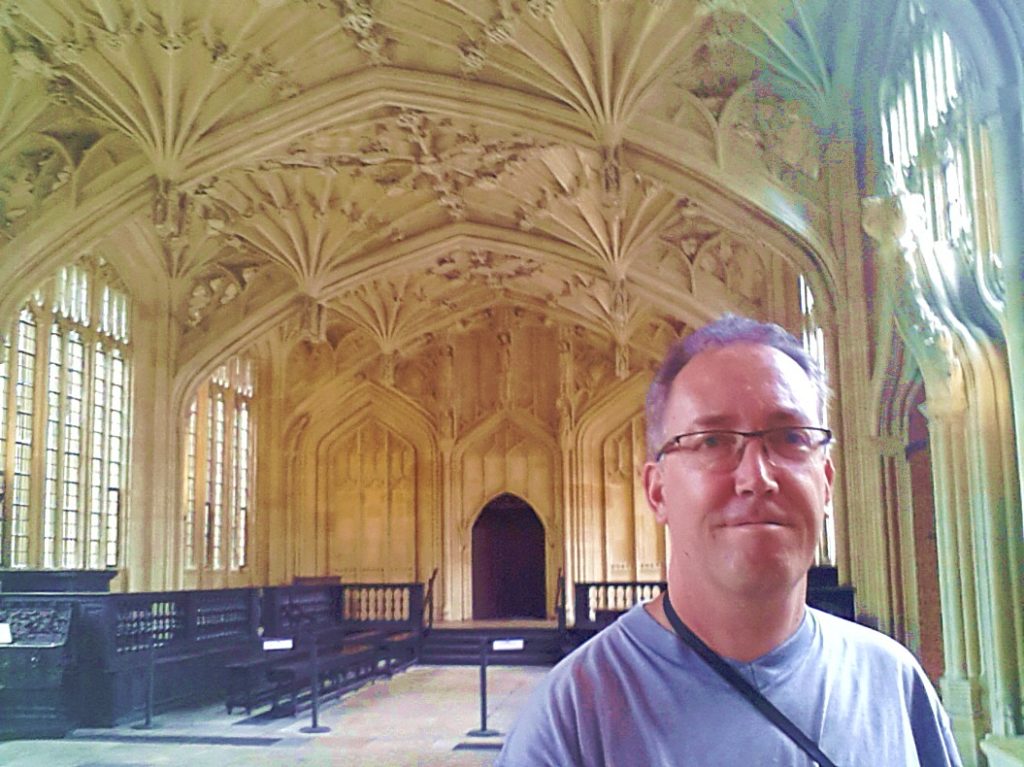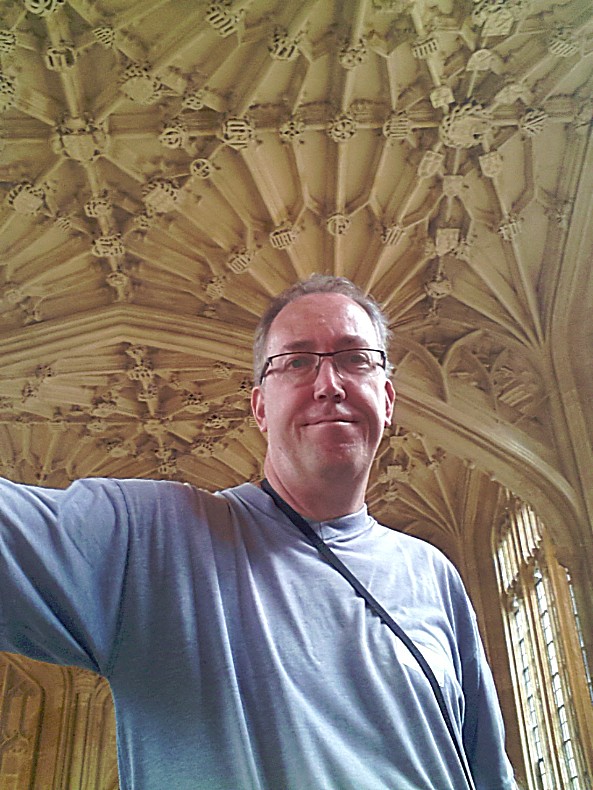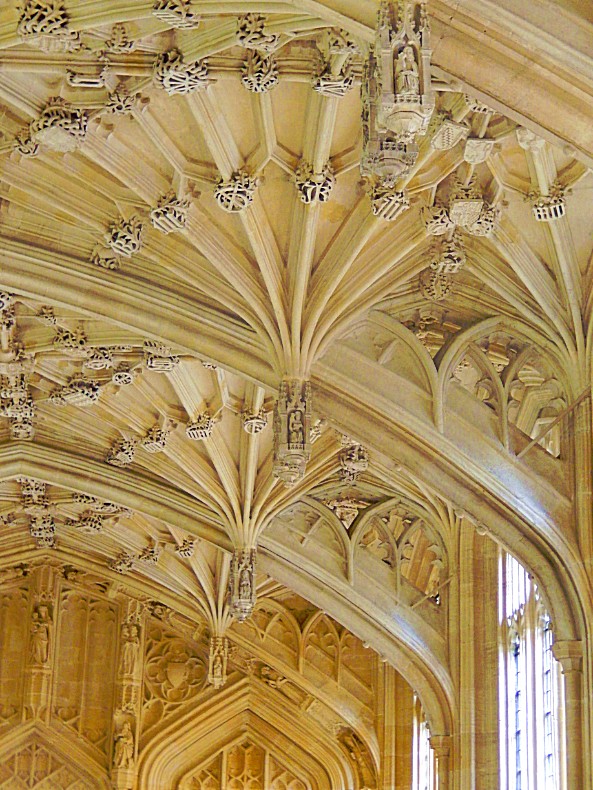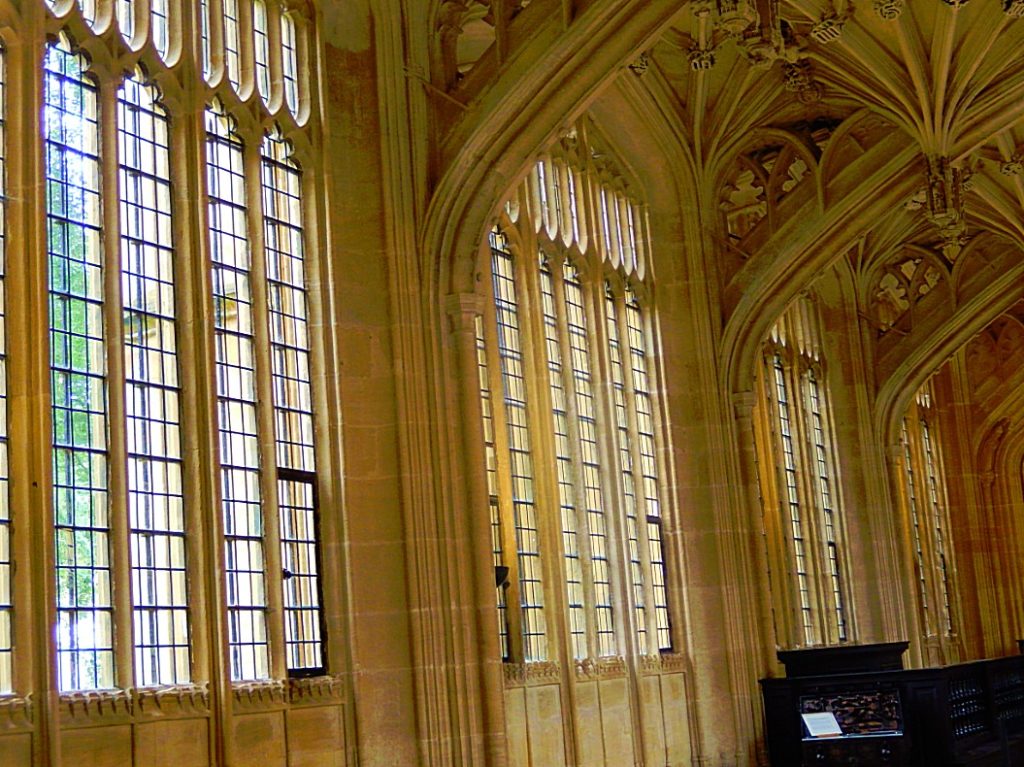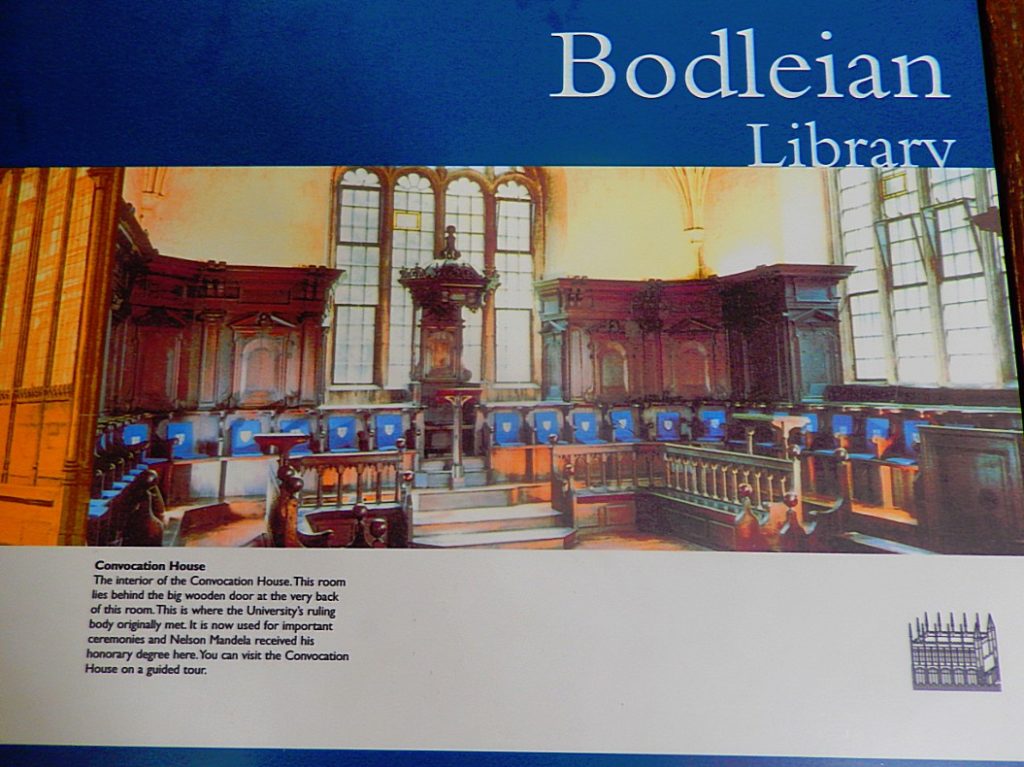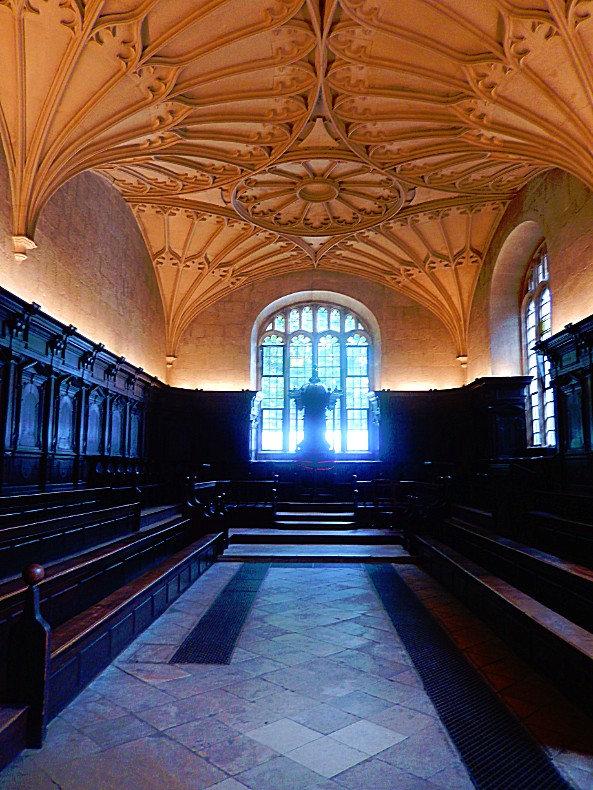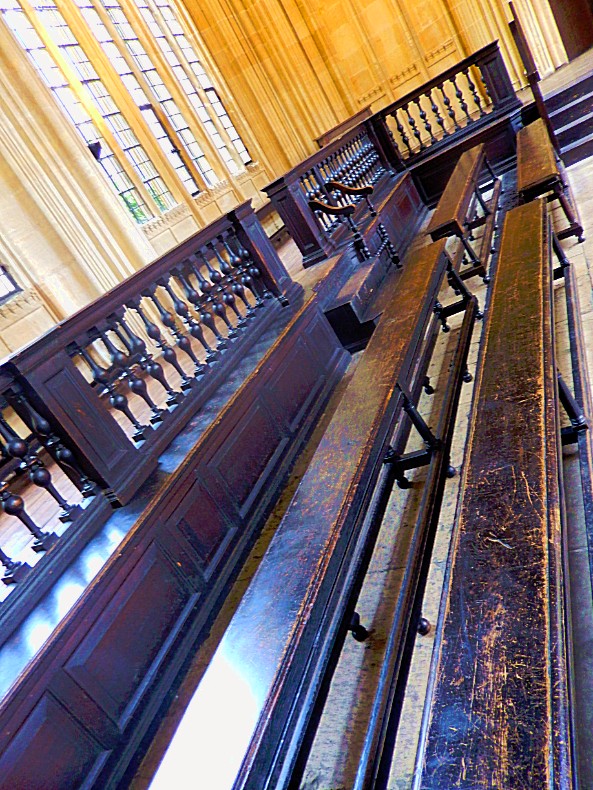Secrets Of Hogwarts in Oxford
My 2nd day in Oxford started with a brisk walk from the Youth Hostel towards the Town Center and passed Carfax Tower…
The sole purpose of this second day was to explore sites where famous Classic Children’s books authors had dwelled and sites from these books.
I passed the Sheldonian theater…
Sheldonian Theatre
The building has a prominent eight-sided cupola in the centre of the roof, which is accessible via a staircase leading to the dome over the main ceiling. The cupola has large windows on all sides, providing views across central Oxford, and is open to visitors.
The Theatre is used for music recitals, lectures (such as the annual Romanes Lecture), conferences, and for various ceremonies held by the University (such as graduation and matriculation). Handel conducted the first performance of his third oratorio Athalia here in 1733. Today, the theatre is home to regular performances by local groups, including the Oxford Philomusica and Stornoway. The latter were the first ever pop band to play in the space, joined by the student-led Oxford Millennium Orchestra for their first single launch in 2009, then again to celebrate the launch of their third LP, in 2014.
The building seats between 800 and 1000 people and is on the grounds of part of the Bodleian Library adjacent to Broad Street. To the left at the front is the Clarendon Building and to the right is the Old Ashmolean Building. Behind the Sheldonian is the Divinity School.
The Theatre features prominently in Max Beerbohm’s 1911 novel Zuleika Dobson and was used as stand in for Harvard in the 1980 film Heaven’s Gate (starring Chris Christofferson and Isabelle Huppert).
Then The Wandelgek reached the Bodleian Library where he bought a ticket to visit the Duke Humphries Library on the first floor above the Divinity School.
There was still almost an hour time left to stroll a bit around…
Trinity College
Walking on Broad Street towards Cornmarket The Wandelgek paused for a few moments to gaze upon the beautiful architecture of the old buildings of Trinity College.
Trinity College (full name: The College of the Holy and Undivided Trinity in the University of Oxford, of the foundation of Sir Thomas Pope) is one of the constituent colleges of the University of Oxford in England. The college was founded in 1555 by Sir Thomas Pope, on land previously occupied by Durham College, home to Benedictine monks from Durham Cathedral.
Despite its large size, the college is relatively small in terms of student numbers at approximately 400. As of July 2013, Trinity had a financial endowment of £104.2 million.
Trinity has produced three British prime ministers, placing it joint-second with Balliol College in terms of former students who have held the office.
Then The Wandelgek strolled a bit further and stopped at the College Store. The shop window showed Sweaters with Oxford prints on them but also lots of Harry Potter memorabilia and even a Gryffindor sweater and scarf…
This remembered The Wandelgek that he had to walk back to the entrance gate of the Bodleian Library at the…
Old Schools Quadrangle and Tower of the Five Orders
By the time of Bodley’s death in 1612, further expansion to the library was being planned. The Schools Quadrangle (sometimes referred to as the “Old Schools Quadrangle”, or the “Old Library”) was built between 1613 and 1619 by adding three wings to the Proscholium and Arts End. Its tower forms the main entrance to the library, and is known as the Tower of the Five Orders. The Tower is so named because it is ornamented, in ascending order, with the columns of each of the five orders of classical architecture: Tuscan, Doric, Ionic, Corinthian and Composite.
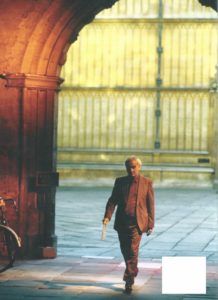 Several episodes of Inspector Morse and follow ups, Lewis and Endeavour were filmed at the Bodleian Library:
Several episodes of Inspector Morse and follow ups, Lewis and Endeavour were filmed at the Bodleian Library:
Inspector Morse (1987-2000): Several episodes of the drama starring John Thaw and Kevin Whately featured the Bodleian Library
Lewis (2006-2015): Drama starring Kevin Whately.
Endeavour (2012-2016): Several episodes of the drama starring Shaun Evans featured the Bodleian Library.
The three wings of the quadrangle have three floors: rooms on the ground and upper floors of the quadrangle (excluding Duke Humfrey’s library, above the Divinity School) were originally used as lecture space and an art gallery. The lecture rooms are still indicated by the inscriptions over the doors (see illustration). As the library’s collections expanded, these rooms were gradually taken over, the University lectures and examinations were moved into the newly created University Schools building. The art collection was transferred to the Ashmolean. One of the schools is now used to host exhibitions of the library’s treasures, whilst the others are used as offices and meeting rooms for the library administrators.
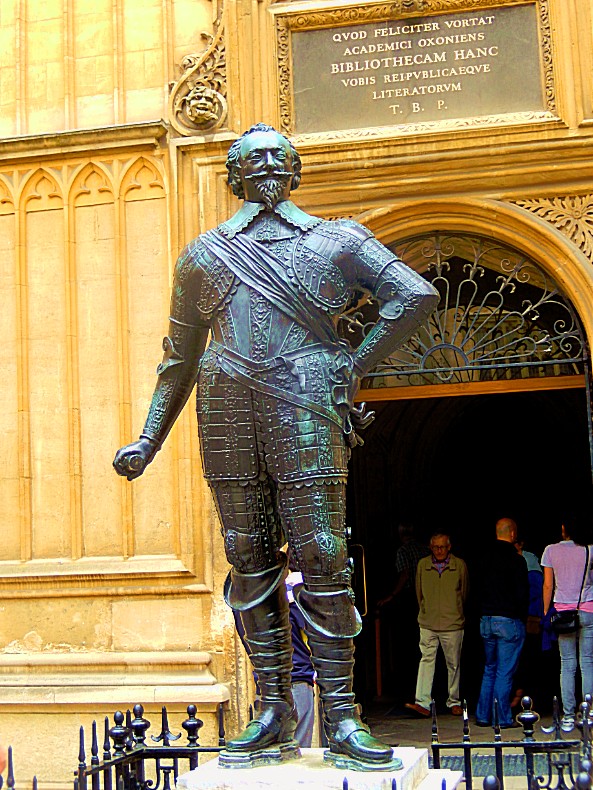
Statue of the Earl of Pembroke in the Old Schools Quadrangle, Bodleian Library, part of the University of Oxford, England.
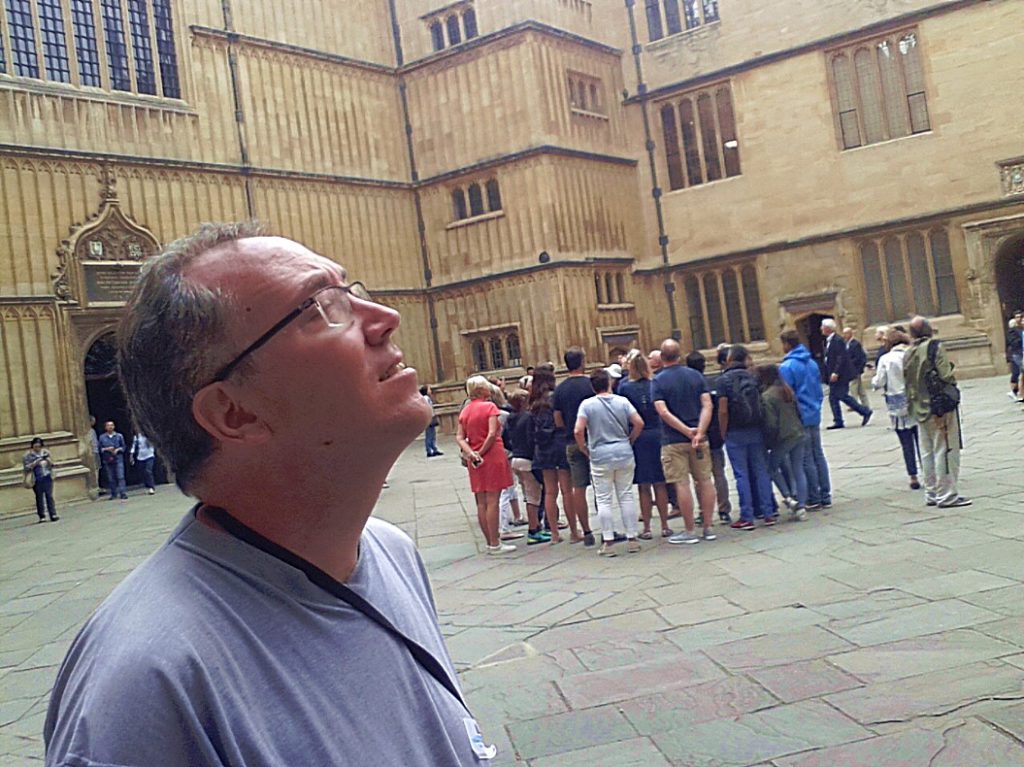
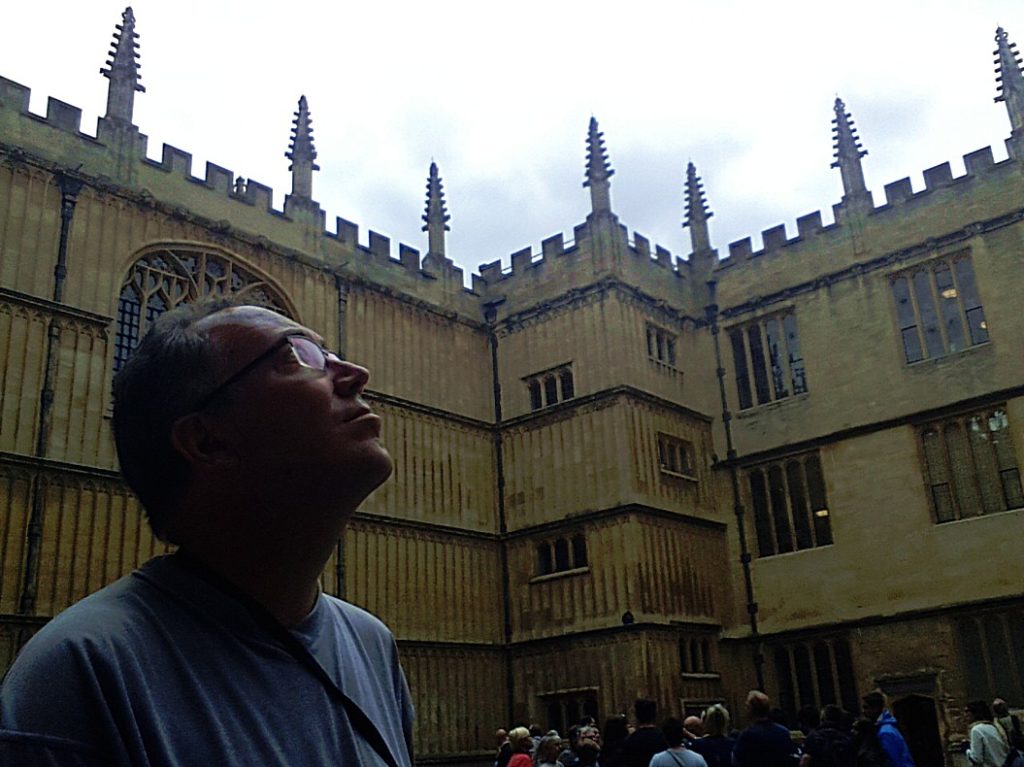 On the corners of the Squad were entrances to the different old schools…
On the corners of the Squad were entrances to the different old schools…
Duke Humfrey’s Library
(It is not allowed to make any pictures or film while visiting the Duke Humfrey’s Library, which is a real shame cause it is quite awesome)
Duke Humfrey’s Library is the oldest reading room in the Bodleian Library at the University of Oxford. Until 2015, it functioned primarily as a reading room for maps, music, and pre-1641 rare books; following the opening of the new Weston Library, it is now an additional reading room for all users of the Bodleian, as the Weston Library operates reading room for special collections. It consists of the original medieval section (1487), the Arts End (1612), and the Selden End (1637). It houses collections of maps, music, Western manuscripts, and theology and arts materials. It is the main reading room for researchers of codicology, bibliography, and local history. It is also the location of the University Archives and the Conservative Party Archive.
The library is on the first floor and forms an H-shape with the later parts as the uprights. Arts End is above the Proscholium and is attached at two corners to the Old Schools Quadrangle. The medieval section is above the Divinity School and Selden End (named after John Selden a benefactor of the library) is above the Convocation House. A drawing of the medieval section with Divinity School below in isolation is used as the emblem of the Bodleian Library.
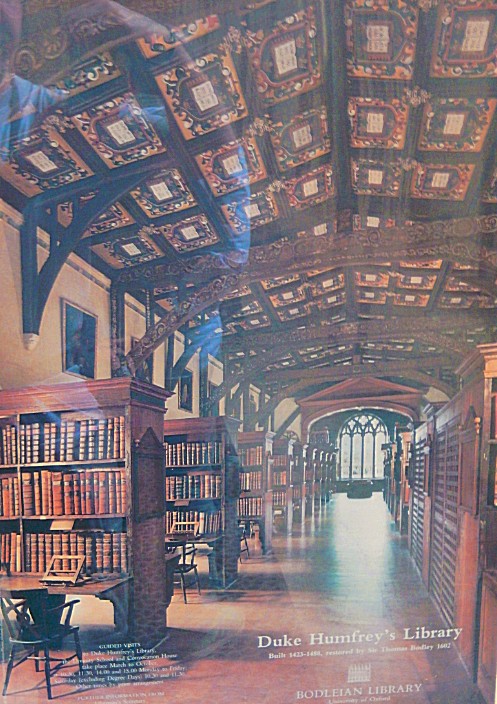
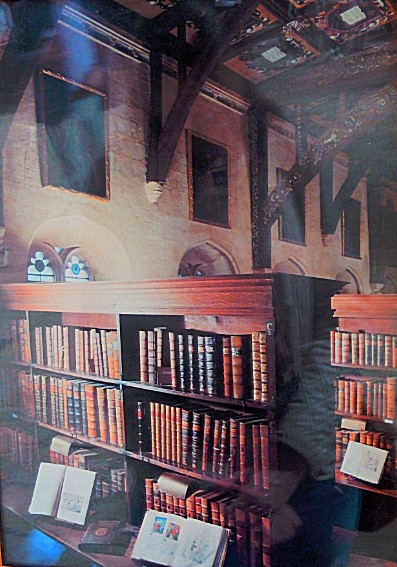
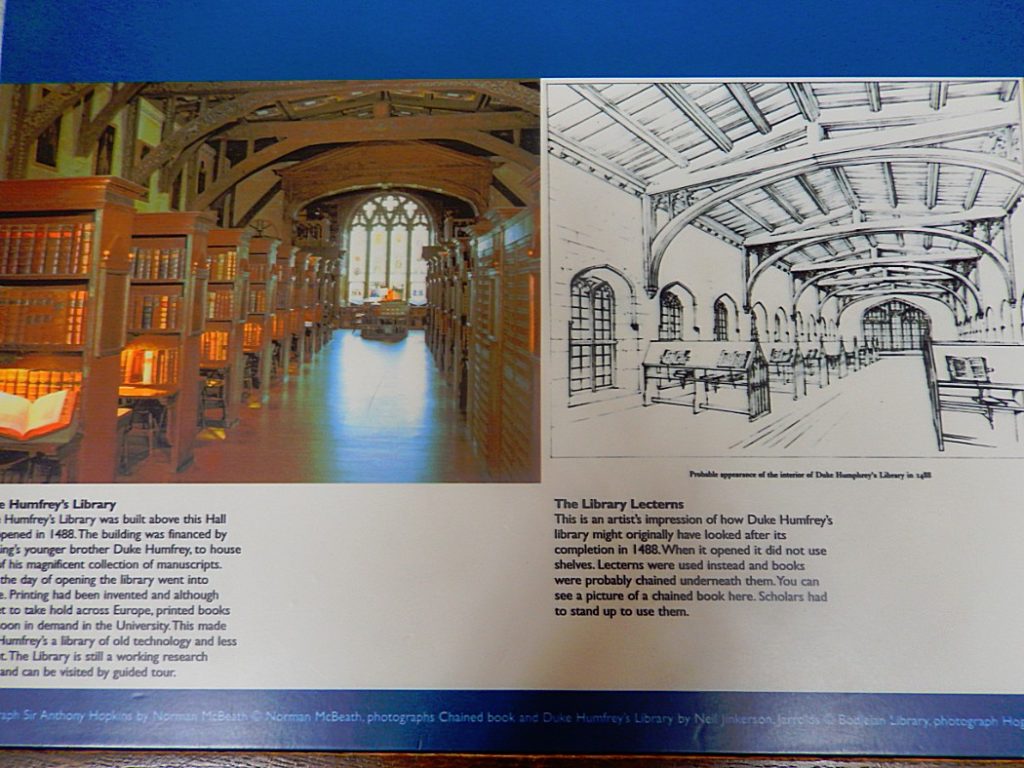 While walking through this amazing library it felt as if I had visited this place before…
While walking through this amazing library it felt as if I had visited this place before…
Could this have been the inspiration for Hogwarths’ Library? Well hack Yeah!!!
In The Library’s restricted section in Hogwarths, we see books on chains, actually the chain was put through the book’s spine. This however was movie magic. In reality the spine of a book is its weakest point and not very suitable for chaining. The chain was therefore put through the right bottom corner of the front.
Filmed in the actual Duke Humfrey’s Library…
The film crew for Harry Potter had used the Library for 2 weeks as a film set. This led to lots of complaints from students who couldn’t borrow books from the Library. However, the library did earn a substantial amount of money.
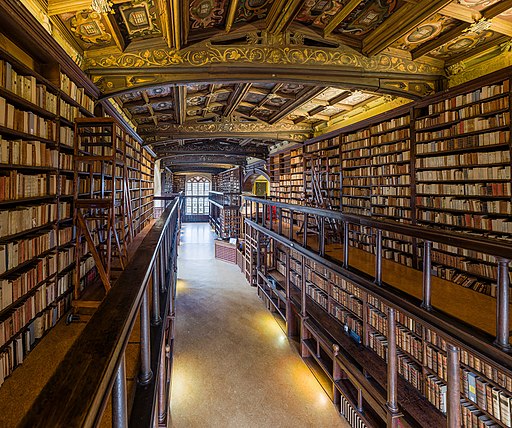 As a Librarian I was in complete awe while walking through this wonderful library. It smelled of books, it breathed books and it felt as if books were loved here…
As a Librarian I was in complete awe while walking through this wonderful library. It smelled of books, it breathed books and it felt as if books were loved here…
Divinity School
After having visited the Duke Humfrey’s Library, the Tour went on towards the Divinity School, which I had visited yesterday. This time I had a bit more time to walk through this room which was used in several Harry Potter movies as a Hospital wing and a dance class room. The ceiling is absolutely stunning…
The ceiling features images of beasts and biblical scenes. Described by experts as a “masterpiece of English Gothic architecture”.
The last room we visited was the gorgeous…
Convocation House
The ConvocationHouse was never used in any Harry Potter movie, but it was stunning nonetheless…
Convocation House is the lower floor of the 1634–37 westward addition to the University of Oxford’s Bodleian Library and Divinity School in Oxford, England. It adjoins the Divinity School, which pre-dates it by just over two hundred years, and the Sheldonian Theatre, to its immediate north.
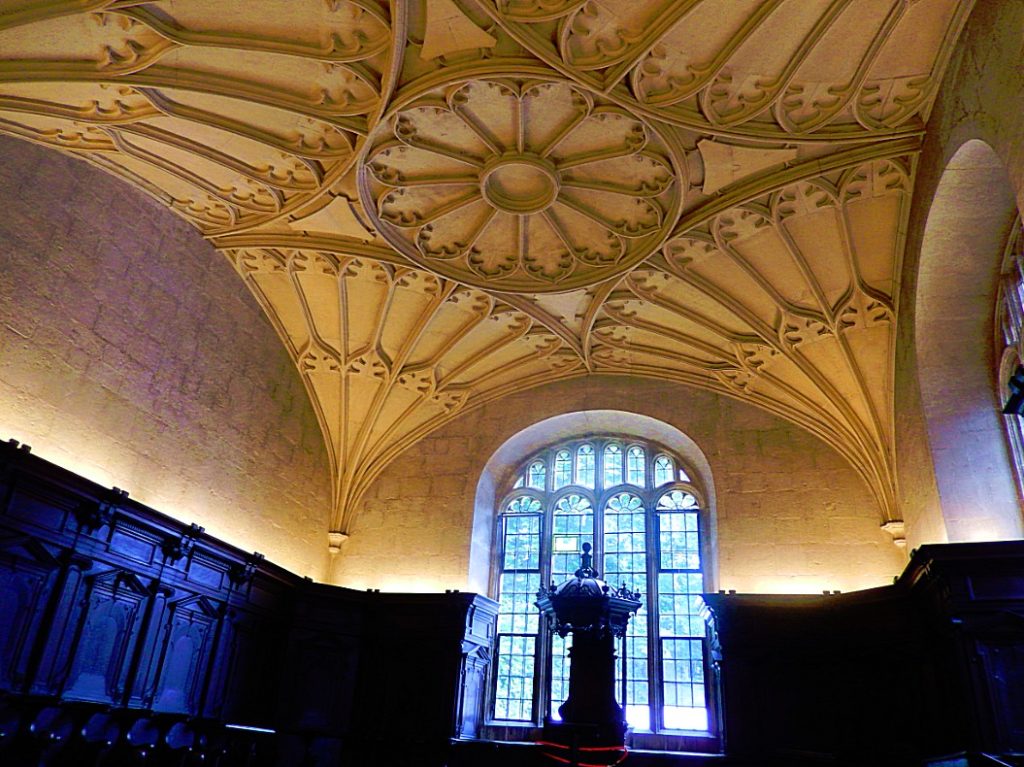
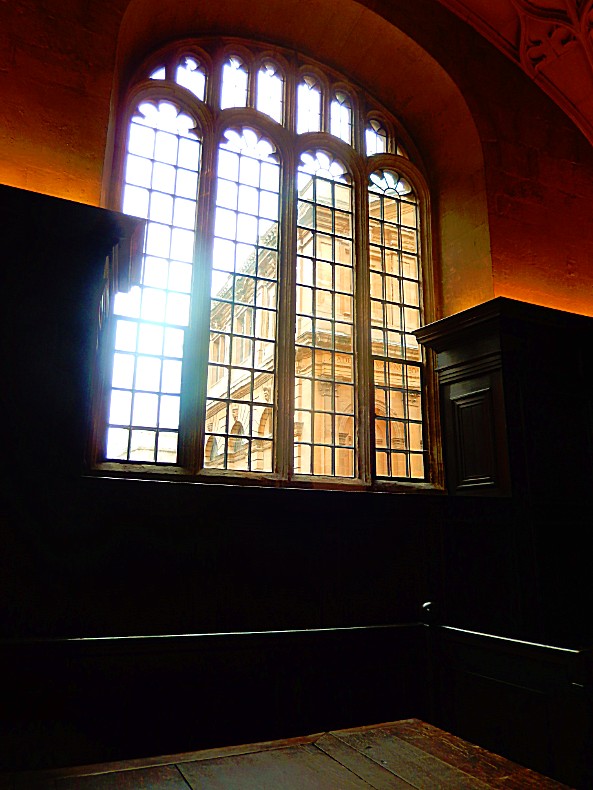 History
History
Seventeenth century origins
The entire westward section was originally known as Selden End, in recognition of the gift of books from the lawyer John Selden which occupy the portion of the Bodleian Library housed above. In 1665 and 1681, during the reign of Charles II, the chamber served as home for the Royalist Members of the English Parliament. Its present stone vaulted ceiling dates from 1758–59.
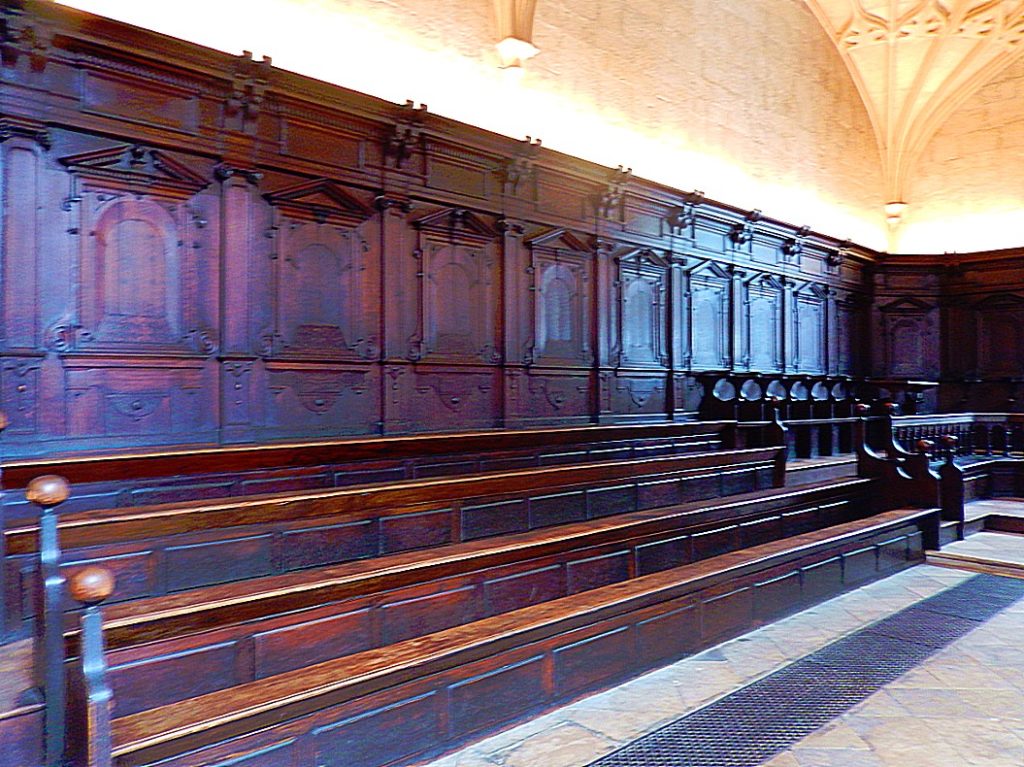
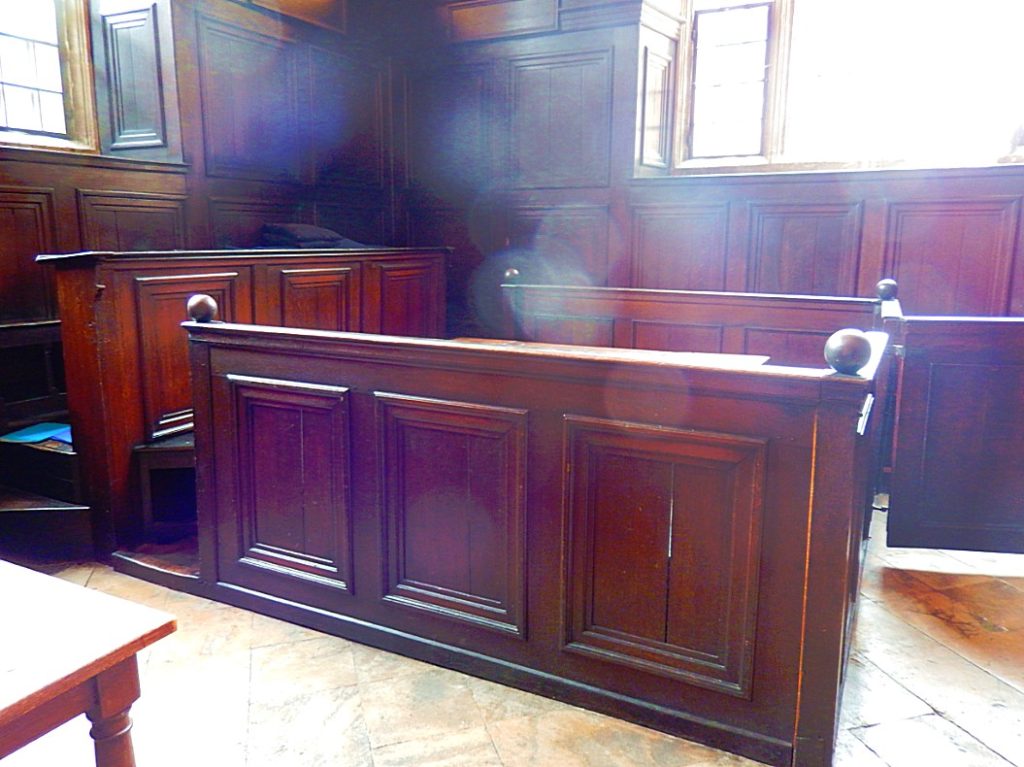
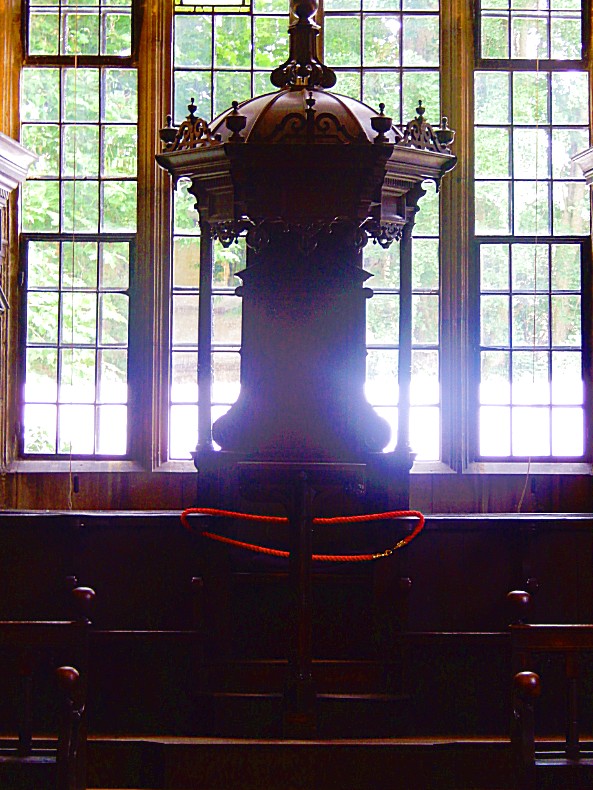
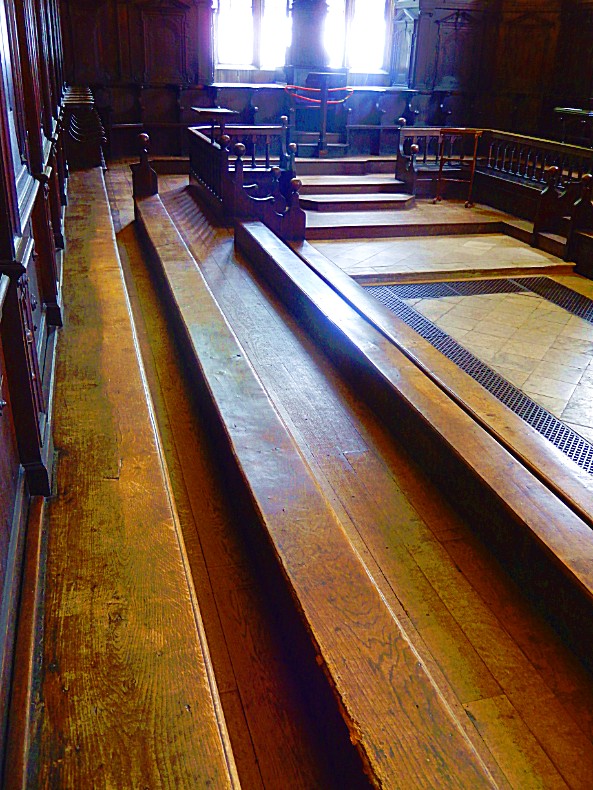 Present
Present
Convocation House is used for meetings of the University of Oxford’s Convocation, but may be hired as a venue for civil weddings and partnership ceremonies, for which it, like the Divinity School and Chancellor’s Court, is licensed, renewal of vows, wedding blessings, wedding receptions, and conferences.
Afterwards there was still some more time to visit the Divinity School and I read some notes on the filmmaking …
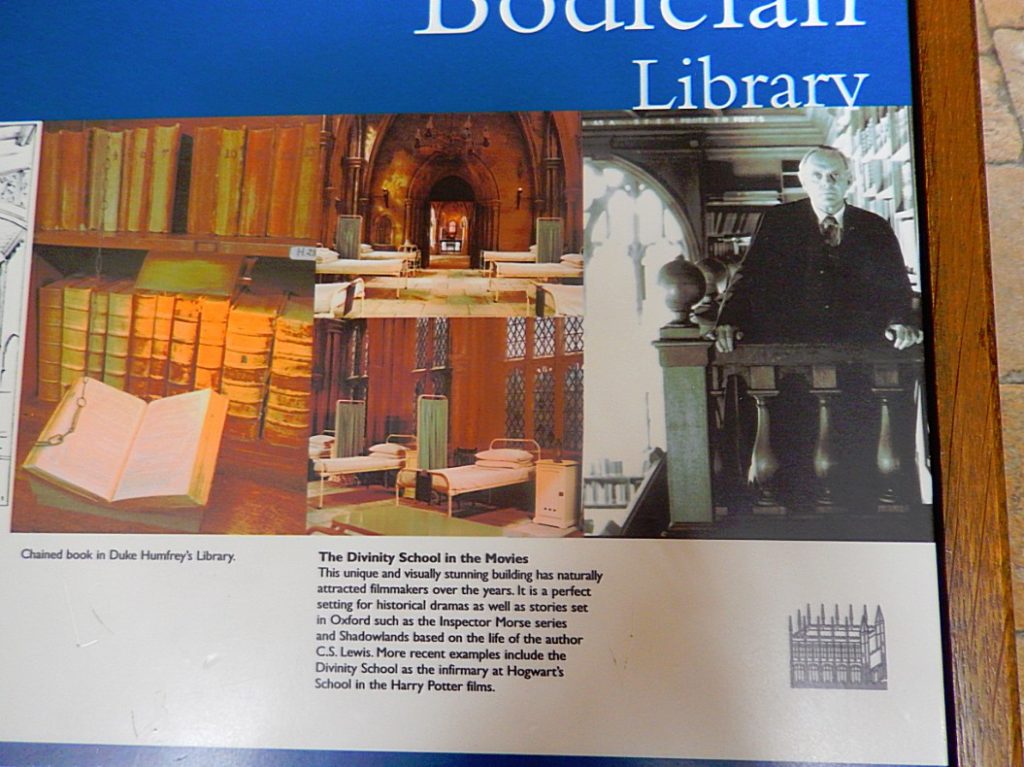
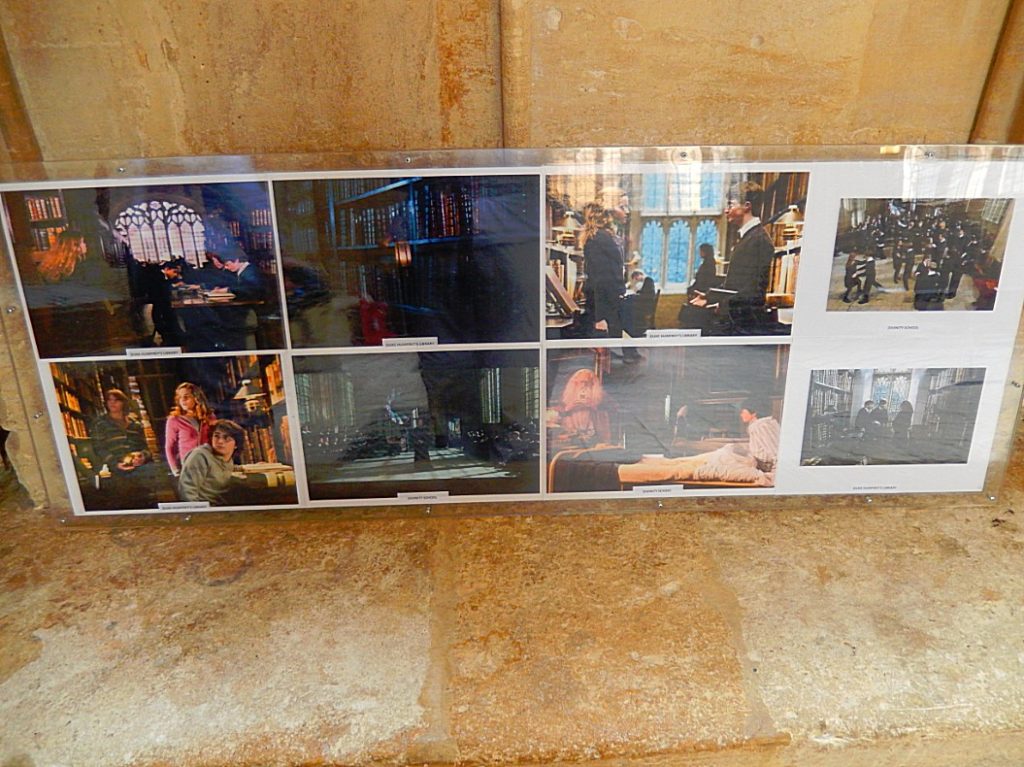 Then it was time to get outside. It was now about noon and I was hungry… (see next blog for more)
Then it was time to get outside. It was now about noon and I was hungry… (see next blog for more)

